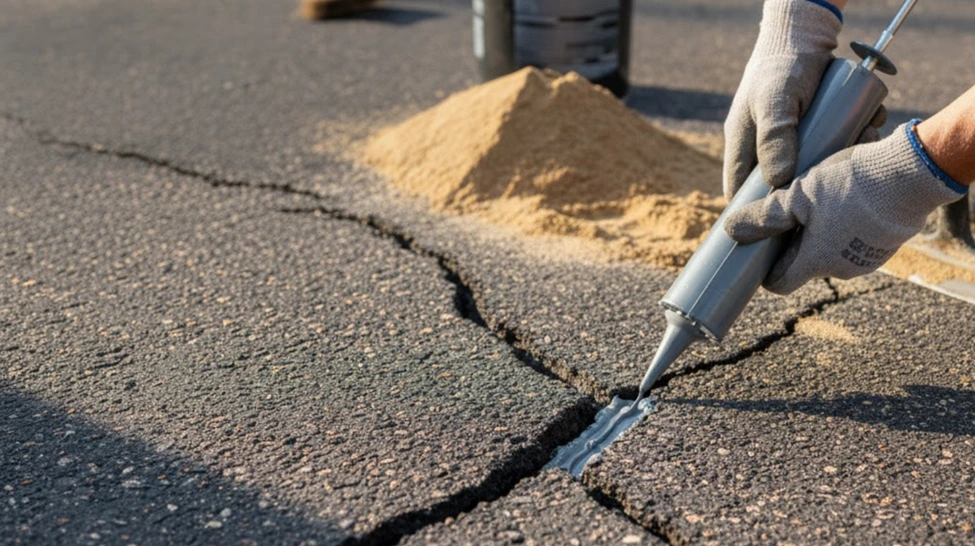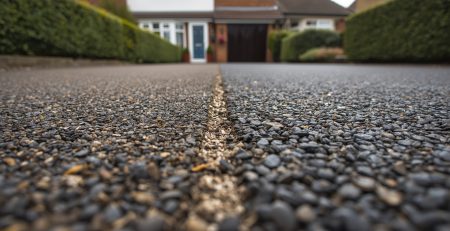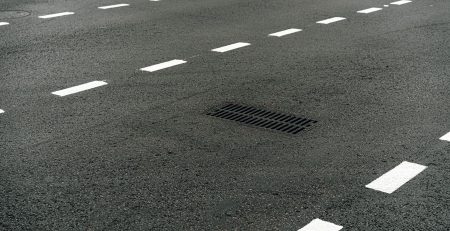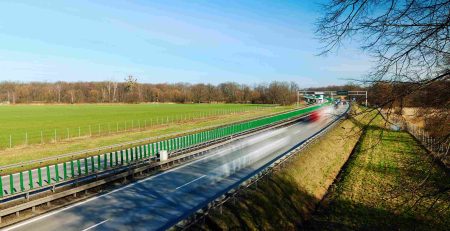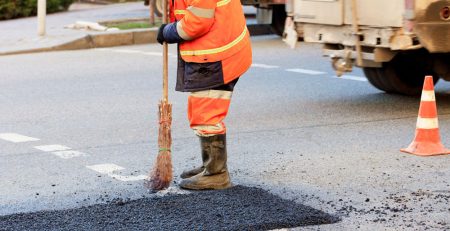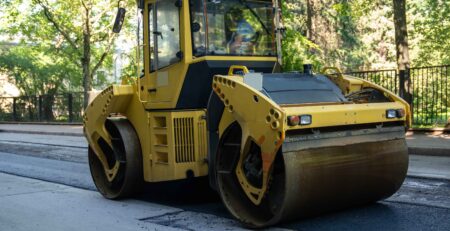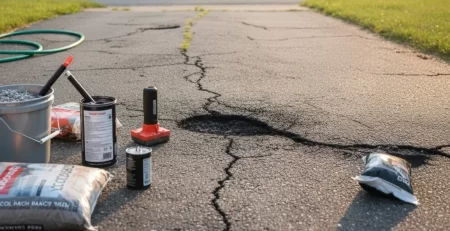How to Repair Driveway Cracks Before They Spread: Professional Repair Guide
Driveway cracks might seem like minor cosmetic issues, but they’re actually warning signs of potentially expensive problems ahead. When left untreated, small hairline cracks quickly expand into major structural damage that requires complete resurfacing or replacement.
The key to maintaining your driveway’s integrity lies in early intervention. Weather conditions, ground movement, and regular vehicle traffic constantly stress your driveway surface.
Water infiltration through existing cracks accelerates deterioration, especially during freeze-thaw cycles that can double crack width overnight. Taking immediate action saves thousands in future repair costs while preserving your property’s curb appeal and value.
Identifying Different Types of Driveway Cracks
Professional crack assessment forms the foundation of effective repair strategies. Understanding crack characteristics helps determine the most appropriate treatment method and prevents recurring damage.
Hairline Cracks vs Structural Damage
Hairline cracks typically measure less than one-eighth inch wide and result from normal concrete shrinkage or minor settling. These surface-level issues respond well to simple crack fillers and preventive treatments.
Structural cracks exceeding one-quarter inch in width and often indicate serious foundation problems. These require comprehensive evaluation and may necessitate professional driveway crack repair service intervention.
Settlement Cracks and Their Causes
Ground movement beneath your driveway creates distinctive settlement patterns. Vertical displacement along crack lines signals soil instability or inadequate base preparation during initial installation.
Poor drainage accelerates settlement by saturating subgrade materials. Identifying these underlying causes prevents crack recurrence after repairs.
Weather-Related Crack Patterns
Temperature fluctuations create predictable cracking patterns. Expansion joints that fail during extreme weather allow uncontrolled cracking throughout the driveway surface in Hertfordshire.
Freeze-thaw cycles force water expansion within existing cracks, creating progressively larger openings that compromise structural integrity.
Essential Tools and Materials for Crack Repair
Proper equipment selection ensures lasting repairs that withstand weather extremes and traffic loads. Quality materials significantly outperform budget alternatives in durability and appearance.
Basic Repair Equipment Checklist
Wire brushes remove loose debris and create clean bonding surfaces. Pressure washers eliminate deep-seated dirt and vegetation growth within cracks. Crack routing tools widen hairline cracks to accommodate filler materials properly. This preparation step ensures maximum adhesion and longevity.
Selecting the Right Crack Filler
Flexible sealants accommodate thermal movement without breaking adhesion. Silicone-based products offer superior weather resistance compared to basic acrylic formulations. Cold-pour fillers provide convenient application without heating equipment. Professional-grade products deliver results comparable to hot-applied materials.
Safety Equipment Requirements
Eye protection prevents debris injury during crack preparation. Chemical-resistant gloves protect skin from caustic cleaning agents and sealant materials. Respiratory protection becomes essential when working with solvent-based products or creating concrete dust during routing operations.
Step-by-Step Crack Preparation Process
Thorough preparation determines repair success more than any other factor. Surface contamination prevents proper adhesion and leads to premature failure.
Cleaning and Debris Removal
High-pressure washing removes embedded dirt and organic matter from crack surfaces. Allow complete drying before applying any filler materials. Chemical cleaners eliminate oil stains and stubborn residues that interfere with sealant bonding. Neutralize cleaning agents thoroughly to prevent chemical reactions.
Crack Routing and Widening
Mechanical routing creates uniform crack geometry for consistent filler application. Maintain steady routing depth to avoid weakening the surrounding concrete. Dust removal following routing operations ensures clean surfaces for optimal adhesion. Compressed air effectively clears debris from narrow openings.
Surface Preparation Techniques
Primer application enhances sealant adhesion on dense concrete surfaces. Allow specified curing time before applying crack filler materials. Temperature considerations affect both preparation and application success. Avoid working during extreme weather conditions that compromise material performance.
Professional Crack Sealing Techniques
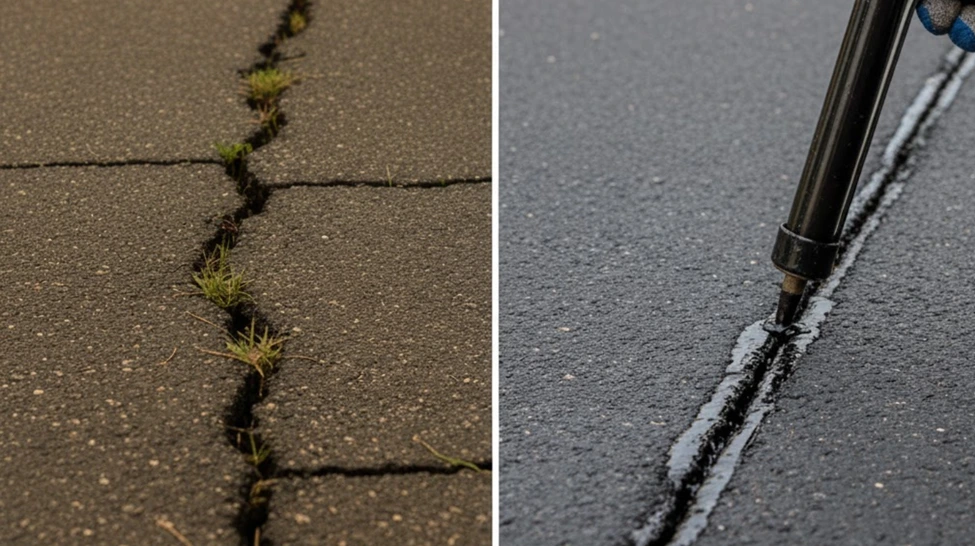
Application method selection depends on crack width, depth, and expected traffic loads. Different techniques suit various driveway materials and environmental conditions.
Hot-Pour vs Cold-Pour Applications
Hot-pour sealants require specialized heating equipment but provide superior durability. These materials maintain flexibility across wider temperature ranges. Cold-pour alternatives offer easier application for homeowner repairs. Select products specifically formulated for your local climate conditions.
Proper Sealant Application Methods
Overfill technique accounts for material shrinkage during curing. Slight excess above surface level ensures complete crack filling after settlement. Tooling operations create smooth, weather-resistant surfaces. Proper finishing prevents water pooling and ice formation during winter months.
Curing and Finishing Requirements
Protection during curing prevents premature traffic damage and contamination. Barrier tape effectively restricts access to freshly sealed areas. Surface finishing removes excess material and creates uniform appearance. Professional results require attention to detail during final cleanup.
Advanced Repair Methods for Severe Damage
Extensive crack networks require comprehensive solutions beyond simple crack filling. These advanced techniques address underlying structural issues.
Structural Crack Injection
Epoxy injection restores structural integrity in load-bearing cracks. This technique requires specialized equipment and technical expertise for proper execution. Pressure injection ensures complete crack penetration and void filling. Professional crack or pothole repair services typically handle these complex procedures.
Full-Depth Crack Repair
Saw cutting removes damaged concrete sections for replacement. This method eliminates crack sources rather than simply covering symptoms. Patch integration requires careful material matching and surface blending. Proper execution creates virtually invisible repairs that maintain resin driveway aesthetics.
Reinforcement Installation
Fiber reinforcement prevents future cracking in repaired sections. These materials distribute stress loads across wider areas. Joint installation controls crack location and reduces random fracturing. Strategic joint placement guides crack development to predetermined locations.
Prevention Strategies and Long-Term Maintenance
Preventive maintenance costs significantly less than major repairs while extending the driveway’s lifespan. Regular attention prevents minor issues from becoming expensive problems.
Regular Inspection Schedules
Seasonal assessments identify emerging problems before they require extensive repairs. Spring inspections reveal winter damage requiring immediate attention. Traffic monitoring helps identify areas experiencing excessive wear. Adjusting usage patterns can prevent premature deterioration in vulnerable sections.
Proper Drainage Solutions
Water management represents the most critical factor in driveway longevity. Effective drainage prevents the moisture infiltration that causes most crack development. Grade adjustment redirects surface water away from driveway edges. This simple modification dramatically reduces crack formation risk.
Surface Protection Treatments
Sealcoating applications provide weather protection and enhance appearance. Regular reapplication maintains protective barrier effectiveness against environmental damage.
Modern eco-friendly road surfacing repair products offer enhanced durability while meeting environmental standards. These advanced formulations provide superior protection with reduced environmental impact.
Where We Provide Professional Surfacing in the UK
At Total Surfacing Solutions, we offer dependable surfacing and driveway services throughout key UK locations, including Hertfordshire and Essex. Our focus is on delivering long-term performance and clean, professional finishes.
Hertfordshire:
We serve the Hertfordshire community with a complete selection of surfacing options. From tarmac and resin driveway installation in Hertfordshire to road resurfacing, car park construction, and playground development, our team ensures every project is built to last. Our line marking work provides accurate, durable markings for commercial and public environments.
Essex:
Our Essex operations continue to meet the needs of homeowners, councils, and commercial clients. We specialise in resin bound driveways in Essex, tarmacadam surfacing, driveway repairs, commercial resurfacing, and recreational surfacing. Each project is delivered with precision, ensuring a smooth, attractive result that enhances any outdoor area.
Total Surfacing Solutions is your trusted choice for quality surfacing work across Hertfordshire and Essex.
Frequently Asked Questions
How quickly should I repair new driveway cracks?
Address new cracks within 30 days of discovery to prevent water infiltration and expansion. Delaying repairs allows minor issues to develop into major structural problems requiring expensive professional intervention.
Can I repair driveway cracks in cold weather?
Temperature limitations affect most repair materials significantly. Most sealants require temperatures above 50°F for proper application and curing, making spring and fall optimal repair seasons.
What’s the difference between crack repair and driveway replacement?
Crack repair addresses individual fractures while preserving the existing surface structure. Replacement becomes necessary when crack density exceeds 25% of the total surface area or structural integrity is compromised.
How long do crack repairs typically last?
Quality repairs using professional materials last 5-10 years under normal conditions. Longevity depends on repair technique, material selection, and ongoing maintenance practices, including regular sealing and drainage management.
Final Thoughts: Protecting Your Driveway Investment
Successful driveway crack repair requires understanding both immediate solutions and long-term prevention strategies. Early intervention saves thousands in replacement costs while maintaining your property’s curb appeal and structural integrity.
The techniques outlined in this guide provide homeowners with practical knowledge for addressing common crack problems. However, extensive damage or recurring issues may indicate underlying problems requiring professional evaluation from specialists offering resin bound driveways in Essex and surrounding areas.
Remember that prevention through proper maintenance significantly outweighs reactive repairs in both cost and effectiveness. Regular inspections, prompt crack treatment, and effective water management create the foundation for decades of reliable driveway performance.

